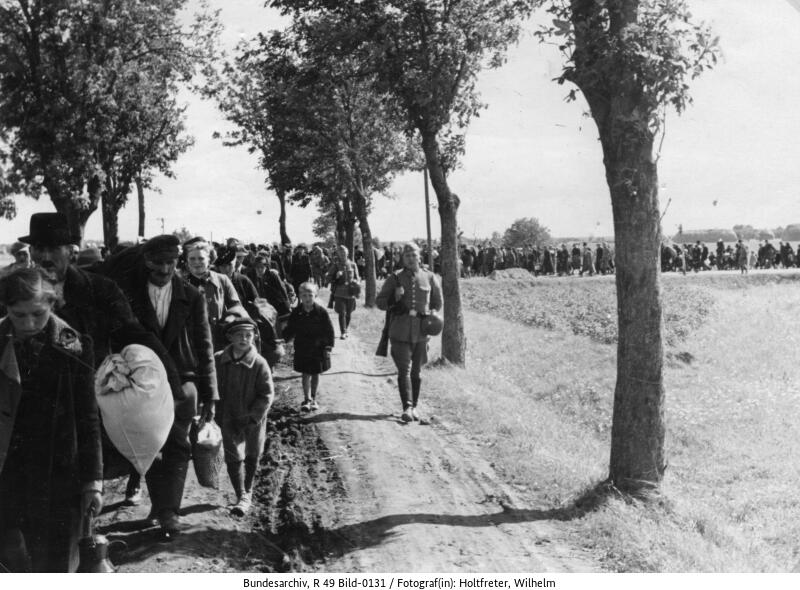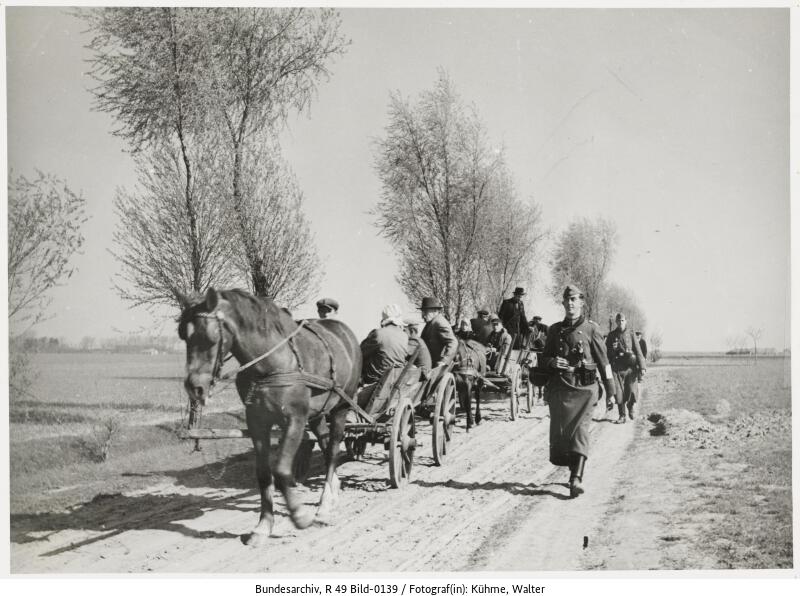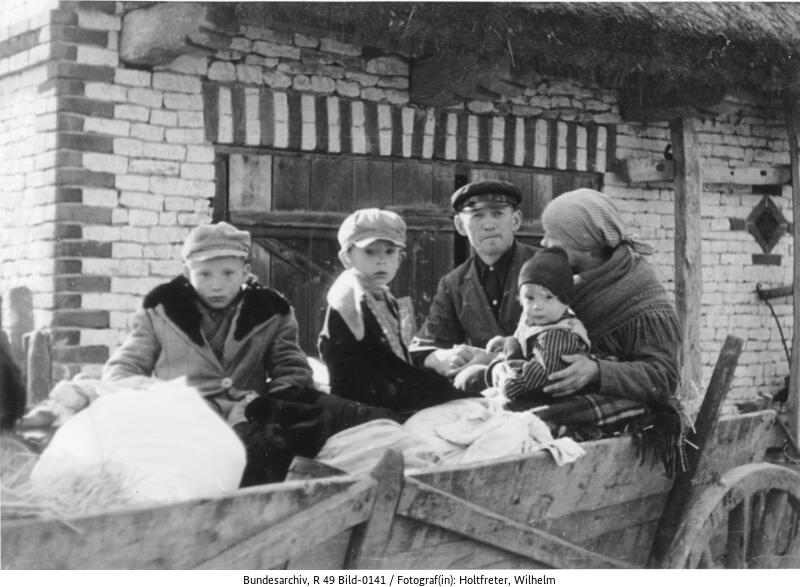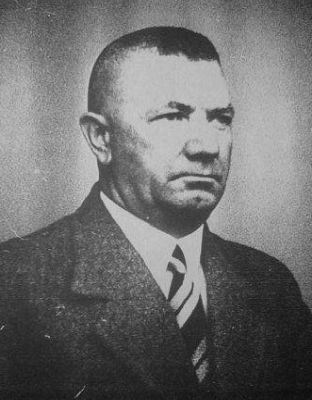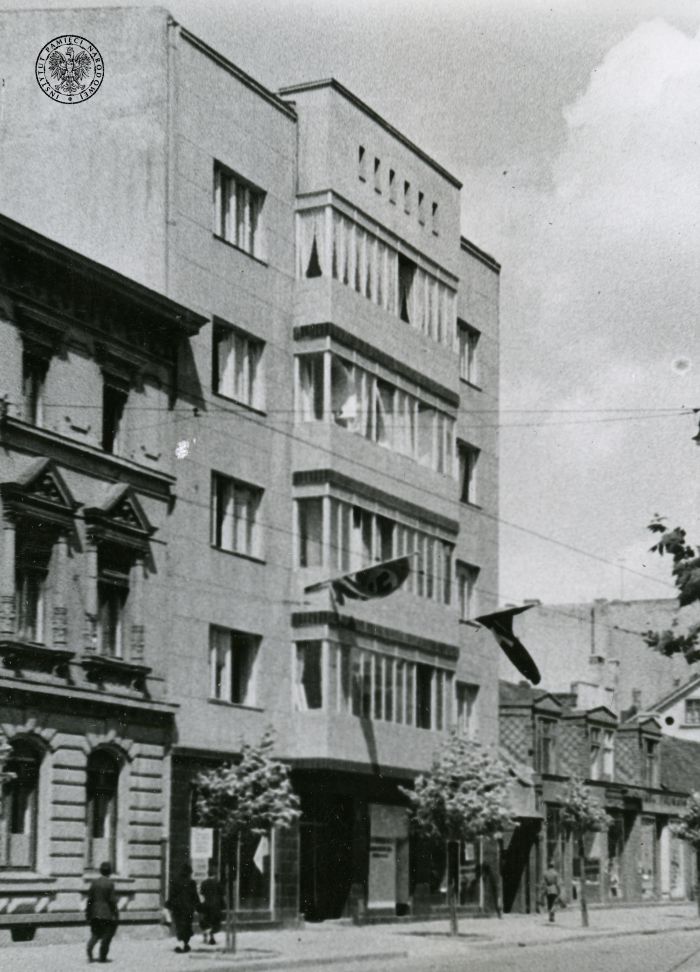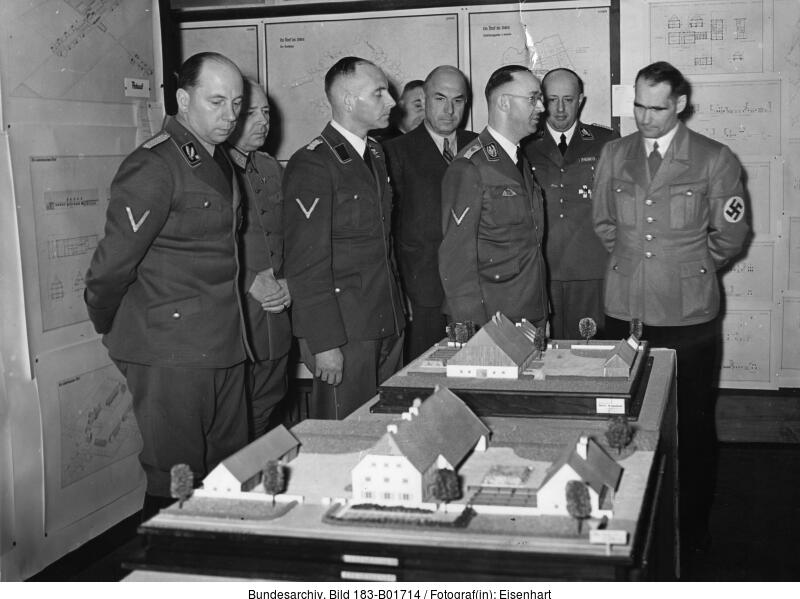The resettlement of the population from the territories occupied by the Third Reich was closely related to the policy of Germanisation of these lands, which had been implemented on a large scale from the first days of the occupation. Its ultimate goal was to expand the so-called German living space (Lebensraum) and introduce a new ethnic order in Eastern Europe. In practice, this meant the settlement of the conquered territories of Germany.
The first territories to be “Germanized” were the areas directly incorporated into the Reich. As early as October 1939, the inhabitants of Pomerania (approx. 35,000 people) and Warta County (about 70,000 people only from Poznań) were expelled during the first six months of the war. By mid-March 1941, a total of approx. 460 people, including 420 Poles were deported from the territory annexed by the Third Reich. This territory was taken over by German settlers, whose population in the Polish lands incorporated into the Reich is estimated at 353 thousand “ethnic Germans” and 370 thousand Germans that came from the Reich (data refer to the beginning of 1944; at the end of 1944, due to the progress of the Soviet troops and the evacuation from the eastern territories, their number increased by approx. another 250 thousand).


